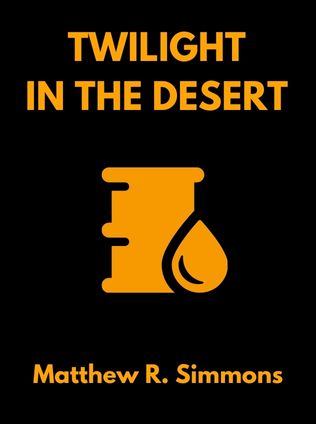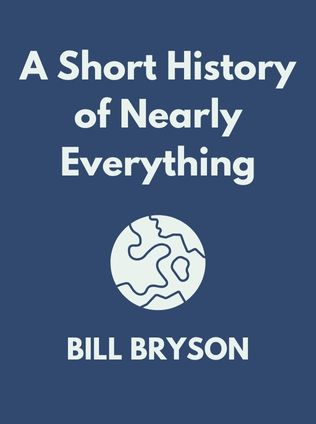
Twilight in the Desert
The Coming Saudi Oil Shock and the World Economy
By Matthew R. Simmons
Published 01/2005
About the Author
Matthew R. Simmons is the chairman and CEO of Simmons & Company International, a Houston-based investment bank specializing in the energy industry. Simmons serves on the boards of Brown-Forman Corp. and The Atlantic Council of the United States. He is also a member of the National Petroleum Council and the Council on Foreign Relations. With an MBA from Harvard University, Simmons brings a wealth of knowledge and experience to the discussion of the global oil industry.
Main Idea
"Twilight in the Desert: The Coming Saudi Oil Shock and the World Economy" explores the potential for a severe decline in Saudi Arabia's oil production and the resulting impact on the global economy. Simmons argues that the widely accepted view of Saudi Arabia's limitless oil reserves is a myth and that the kingdom's oil fields are facing significant, possibly irreversible declines. The book delves into the history of Saudi oil production, the technical challenges faced by its key oil fields, and the implications of these issues for global energy security.
Table of Contents
- From Bedouin to Bourgeoisie
- The Ebbing of the Saudi Oil Bounty
- Giants at the Tipping Point
- Twilight in the Desert
From Bedouin to Bourgeoisie
The journey of Saudi Arabia from a tribal society to a global oil powerhouse is nothing short of remarkable. Dominated by the Ottoman Turks and warring tribal chiefs in the 1890s, the Arabian Peninsula was in political disarray. The Saud family, traditional rulers of the area around Riyadh, reclaimed their homeland and established the Kingdom of Saudi Arabia in 1932 under Abdul Aziz ibn Saud. The discovery of oil transformed the nation, bringing it from obscurity to international prominence.
The Birth of a Nation
Saudi Arabia's rise began with the unification of the Arabian Peninsula under King Abdul Aziz. This unification laid the foundation for the nation's future economic power. The real turning point came in 1938 when the first commercial oil well was drilled at Dammam Dome, producing almost 1,600 barrels per day initially and rapidly increasing to 4,000 barrels per day.
The Saudi Arabian Oil Industry
Since its inception, Saudi Arabia has been a key player in the global oil market. The kingdom has maintained a close relationship with the United States and worked to stabilize oil prices and ensure reliable supplies. However, the information about Saudi oil reserves and production is controlled by Saudi Aramco, the kingdom's national oil company, making it difficult to verify the actual state of its oil fields.
The History of Major Saudi Arabian Oil Discoveries
The first significant oil discovery in the Middle East was made in Iran in 1908. This discovery set off a wave of exploration across the region. In Saudi Arabia, the discovery of the Ghawar field, the largest oil field in the world, and other major fields like Safaniya, Abqaiq, Berri, and Marjan, cemented the kingdom's status as a global oil powerhouse. These fields have produced the bulk of Saudi Arabia's oil for decades.
Sign up for FREE and get access to 1,400+ books summaries.
You May Also Like
Rich Dad Poor Dad
What the Rich Teach Their Kids About Money - That the Poor and Middle Class Do Not!
By Robert T. KiyosakiFreakonomics
A Rogue Economist Explores the Hidden Side of Everything
By Steven D. Levitt and Stephen J. DubnerI Am Malala
The Story of the Girl Who Stood Up for Education and Was Shot by the Taliban
By Malala YousafzaiFactfulness
Ten Reasons We're Wrong About the World – and Why Things Are Better Than You Think
By Hans Rosling



















